Fu Lu Shou
福禄寿
Fu Lu Shou are three stars personified as three elderly man representing luck, prosperity and longevity.
The earliest record of their worship dates to the Imperial family of the Ming dynasty. Although their grouping is dated to this period, the three stars have been mentioned much earlier.
The three stars
Fu (上清福德星君), the lucky star carries a scroll or carrying a child. Lu (上清禄德星君), the prosperity star is dressed as a mandarin and carries a jade ruyi also known as a “as you wish. Last but not least, Shou (南极老人寿德星君), the longevity star carries a celestial peach that transforms whoever eats it to become an immortal.
The three stars symbolize the ultimate wish among the Chinese. Everyone needs a dose of luck in any endeavor as symbolized by Fu. As for prosperity, it is articulated in the scholarly ideal of a mandarin. In Chinese context, it refers to the aspiration to pass the imperial examinations, an achievement that brings prosperity and social mobility to the entire clan.
Last but not least, Shou reflects a very humanly desire to live a long life. This desire is especially strong among Chinese emperors who already had everything and could have anything they ever wanted.
Quest for immortality
Many emperors attempted to attain longevity and even immortality by engaging priests to produce elixirs frequently made from mercury. Many died after consuming the mercury elixirs, or immediately attaining immortality, the Chinese euphemism for death.
One of the most famous of these emperors was the First Emperor of China whose search for elixirs is said to have created the Japanese race.
Worship and symbolism
The three stars are worshipped in Taoist temples and shrines. They also appear in sculptures, paintings and art work especially on gifts or items used on auspicious occasions such as birthdays, weddings and business openings. Sometimes, their respective characters are used as a decoration as well in home decorations and even Chinese pastries.
Of the three deities, only the longevity star is portrayed in his own right. Not surprising since this is probably the most important of the three wishes. After all, luck and prosperity can only be enjoyed or attained when one is alive.
Although Fu Lu Shou has very Chinese characters, these aspirations are probably universal. Everyone, across cultures, hope to have a long life full of luck and prosperity.
Related articles:
|
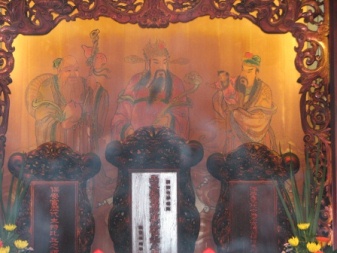
Fu Lu Shou mural and tablet,
Bao an temple, Taipei
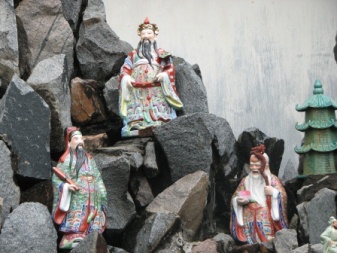
Sculptures of Fu Lu Shou in the front garden of
Vihara Bahtra Sasana, Tg Pinang, Indonesia
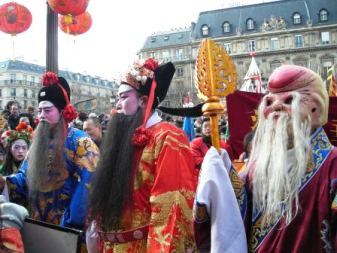
Artiste dressed as Fu Lu Shou
New year parade, Paris, France
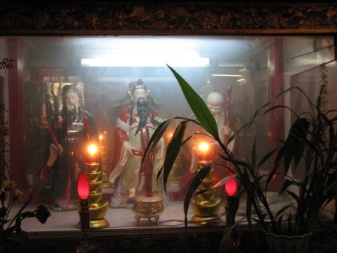
Fu Lu Shou altar in Cantonese Guan Yin temple
Yangon, Burma
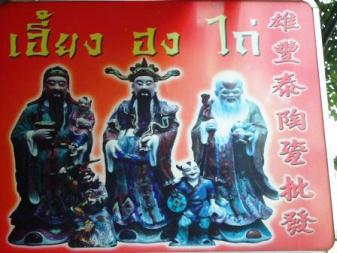
Fu Lu Shou on a sign board in
Bangkok Chinatown, Thailand
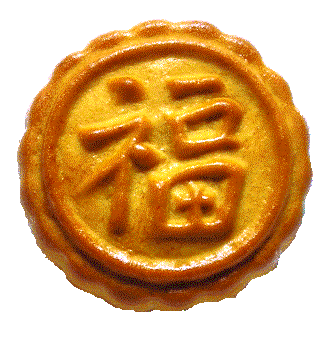 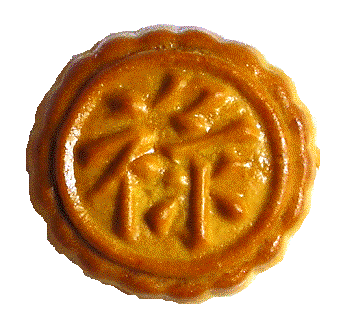 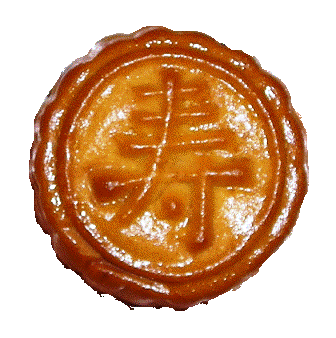
Pastry with characters Fu Lu Shou,
Yokohama Chinatown, Japan
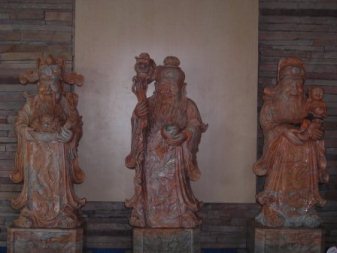
Fu Lu Shou decorations, Vientiane, Laos
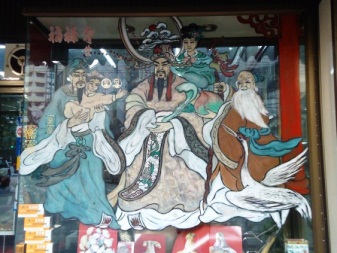
Fu Lu Shou painted on a shop window
Bangok Chinatown, Thailand

Fu Lu Shou in Rotterdam Chinatown
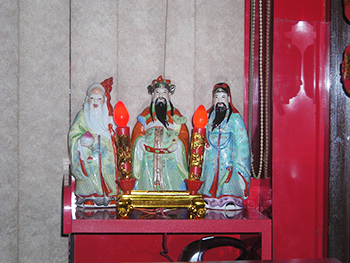
Karachi Chinatown, Pakistan
|





